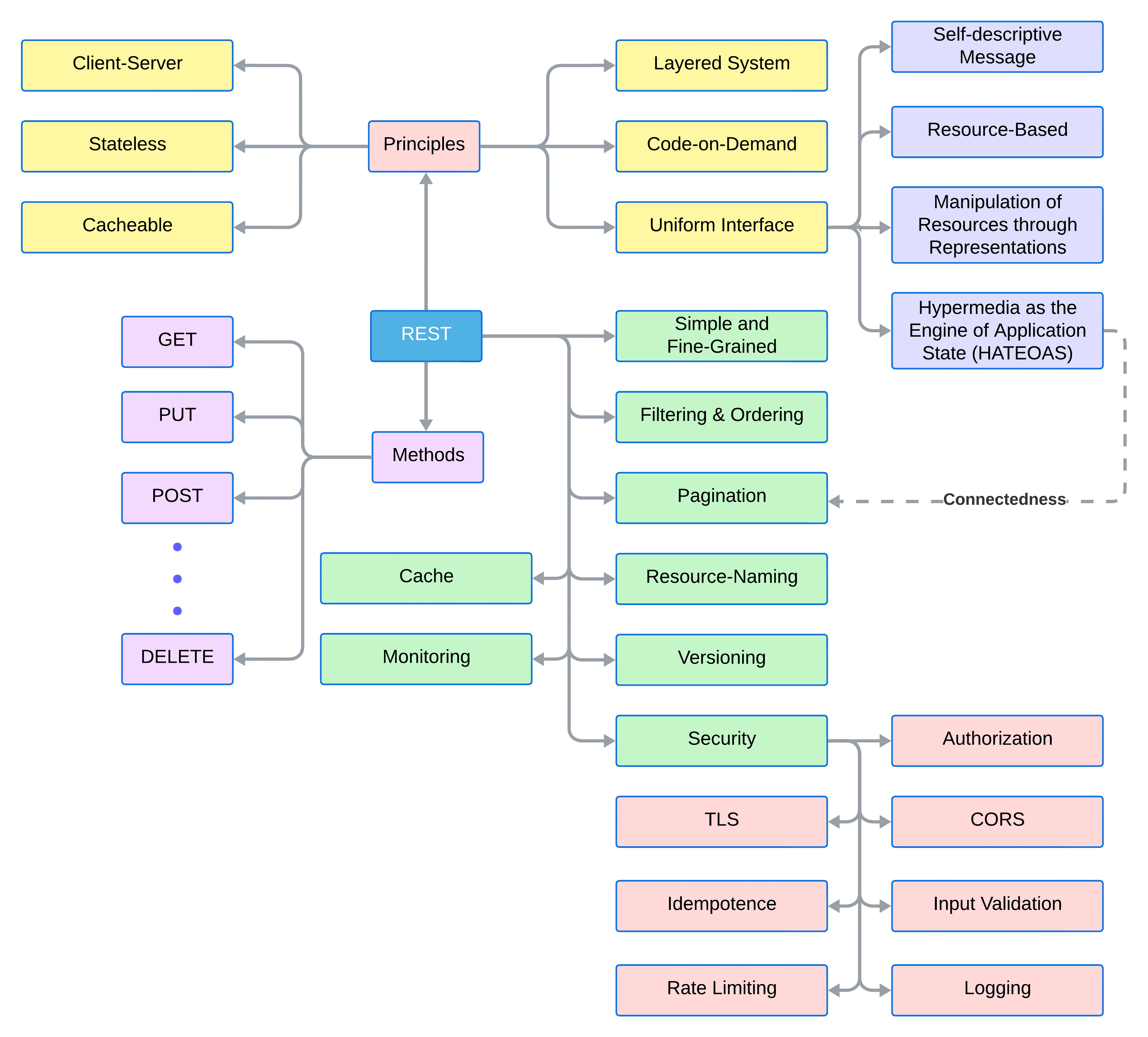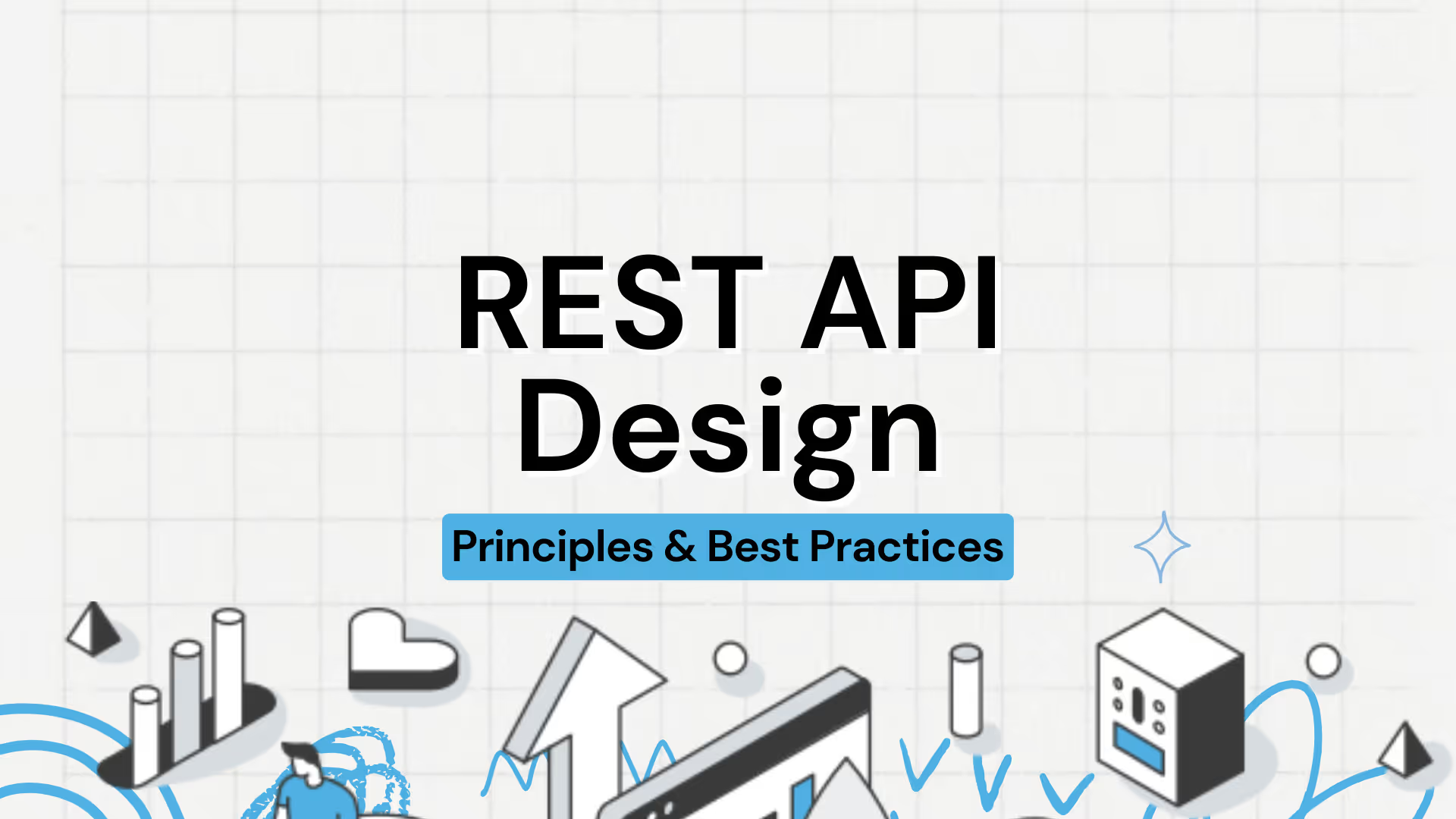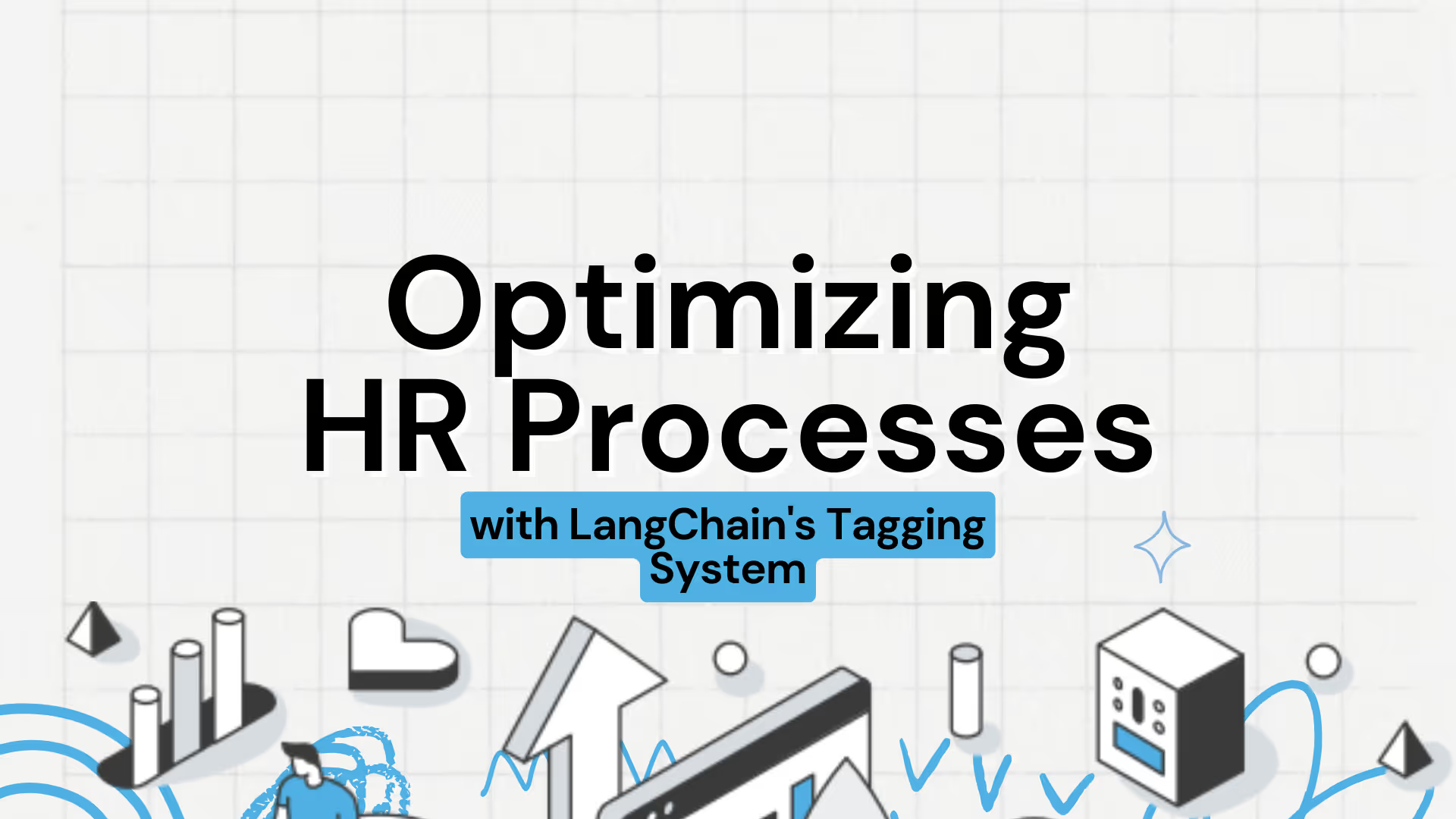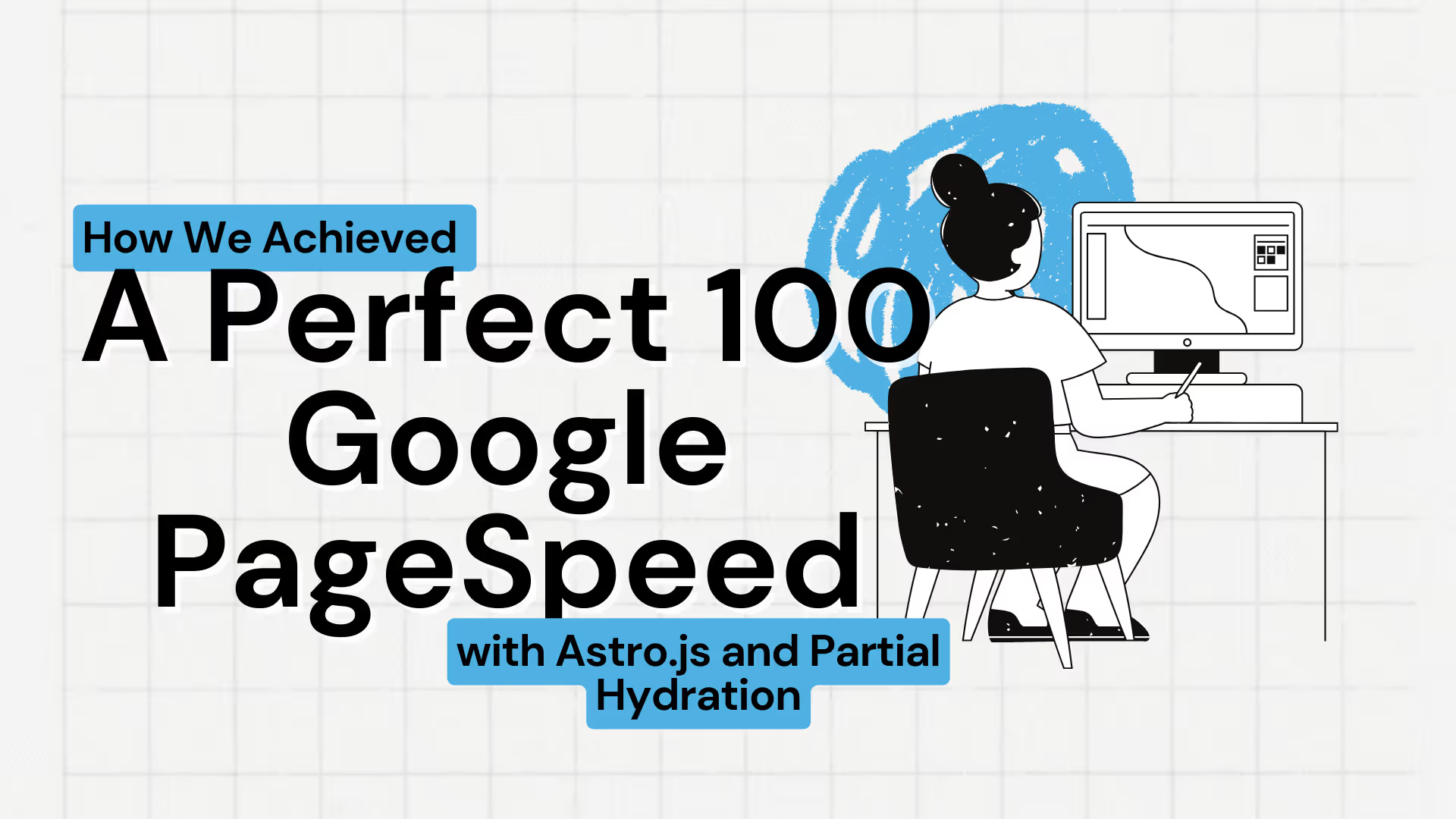At CodeDuo, we pride ourselves on transforming our clients’ ideas into successful business solutions. Leveraging our engineering expertise, we’ve refined our approach to designing RESTful Web services to ensure they are reliable, consistent, and scalable. This article shares some of the principles and best practices we’ve adopted to help you create REST APIs that can achieve widespread public adoption.
REST API Principles and Constraints
Let’s explore the six key principles of REST API design that we’ve found essential in developing robust and scalable services.

Client-Server
The client-server principle emphasizes the separation of concerns. By decoupling the user interface from data storage, we enhance the portability of the user interface across various platforms and improve scalability by simplifying server components. This clear distinction allows us at CodeDuo to efficiently manage and scale each component independently.
Stateless
In REST, each request from a client to a server must contain all the information needed to understand and process the request. This stateless communication ensures that session state is maintained entirely on the client side, leading to a simpler and more scalable server architecture. We’ve found this principle crucial in maintaining the integrity and performance of our systems.
Cacheable
To boost network efficiency, data responses should be explicitly labeled as cacheable or non-cacheable. This allows client caches to reuse response data for identical future requests, reducing unnecessary load on the server. At CodeDuo, implementing caching strategies has significantly improved the performance and scalability of our services.
Layered System
REST’s layered system architecture means a client cannot always tell if it is directly connected to the end server or an intermediary. This approach facilitates load balancing and shared caches, enhancing system scalability and security. CodeDuo leverages this principle to build resilient and scalable applications.
Code-on-Demand
REST allows clients to extend functionality by downloading and executing code such as applets or scripts. This reduces the need for pre-implemented features on the client side and enhances system extensibility. At CodeDuo, we use this principle to deliver dynamic and flexible client applications.
Uniform Interface
By applying a uniform interface, the overall system architecture is simplified, and interactions become more visible. This decouples implementations from the services they provide, fostering independent evolution. We ensure all our services adhere to the four interface constraints:
Self-descriptive Messages
Each message includes enough information to describe how to process the message. This ensures that messages are easy to understand and handle correctly.
Resource-Based
Individual resources are identified in requests using URIs as resource identifiers. The resources themselves are conceptually separate from the representations returned to the client.
Manipulation of Resources Through Representations
When a client represents a resource, including any metadata attached, it has enough information to modify or delete the resource on the server, provided it has permission to do so.
Hypermedia as the Engine of Application State (HATEOAS)
Clients deliver state via body contents, query-string parameters, request headers, and the requested URI (the resource name). Services provide the state to clients via body content, response codes, and response headers.
Best Practices for REST API Design
Adhering to best practices in REST API design is crucial for developing efficient and user-friendly services. Here are some practices we’ve integrated into our workflow at CodeDuo:
Keep It Simple and Fine-Grained
Design APIs that reflect your system’s application domain or database structure. While you may need aggregate services that combine multiple resources, maintaining a simple and intuitive design is key. This approach has helped us create APIs that are both powerful and easy to use at CodeDuo.
Filtering & Ordering
For large datasets, limiting the data returned is essential for bandwidth efficiency. Specify the fields or properties to include in the response and allow for querying specific values and sorting data. These practices have enhanced the performance and usability of our APIs.
Versioning
To prevent breaking changes, consider versioning your APIs. This ensures stability and backward compatibility. We support no more than two versions for any resource to manage complexity and maintainability effectively.
Cache
Implementing caching strategies by setting appropriate response headers can greatly enhance scalability. This practice reduces server load and improves response times, a principle we rigorously apply.
Pagination
For collections that support pagination, include links for ‘first’, ‘last’, ‘next’, and ‘prev’ in the responses. This makes APIs more self-descriptive and user-friendly, a standard practice in our development process.
Resource-Naming
Intuitive and consistent resource naming is critical. Using plurals for node names keeps API URIs consistent and understandable. We design with the user in mind, ensuring our APIs are intuitive and straightforward.
Monitoring
Incorporate comprehensive monitoring to enhance API quality and performance. Track metrics like response time, status codes, and network bandwidth. Our commitment to monitoring helps us maintain high-performance standards and quickly address issues.
Security
Implement robust security measures, including:
- C/Authentication: Ensure permissions are correctly managed.
- CORS: Use HTTP headers to manage cross-origin requests.
- TLS: Secure all authentication processes.
- Idempotence: Ensure operations produce consistent results.
- Input Validation: Protect against injection attacks and ensure data integrity.
- Rate Limiting: Control the frequency of actions to prevent abuse.
- Logging: Avoid logging sensitive information.
By integrating these security practices, we ensure that our clients’ applications are secure and reliable.
Conclusion
At CodeDuo, we leverage our engineering expertise to turn ideas into successful digital solutions. By adhering to these REST API principles and best practices, we create reliable, scalable, and user-friendly services that meet the diverse needs of our clients. Whether you’re a startup looking for agility or an enterprise seeking dependability, our tailored software services and expert consulting can help shape your digital future.





